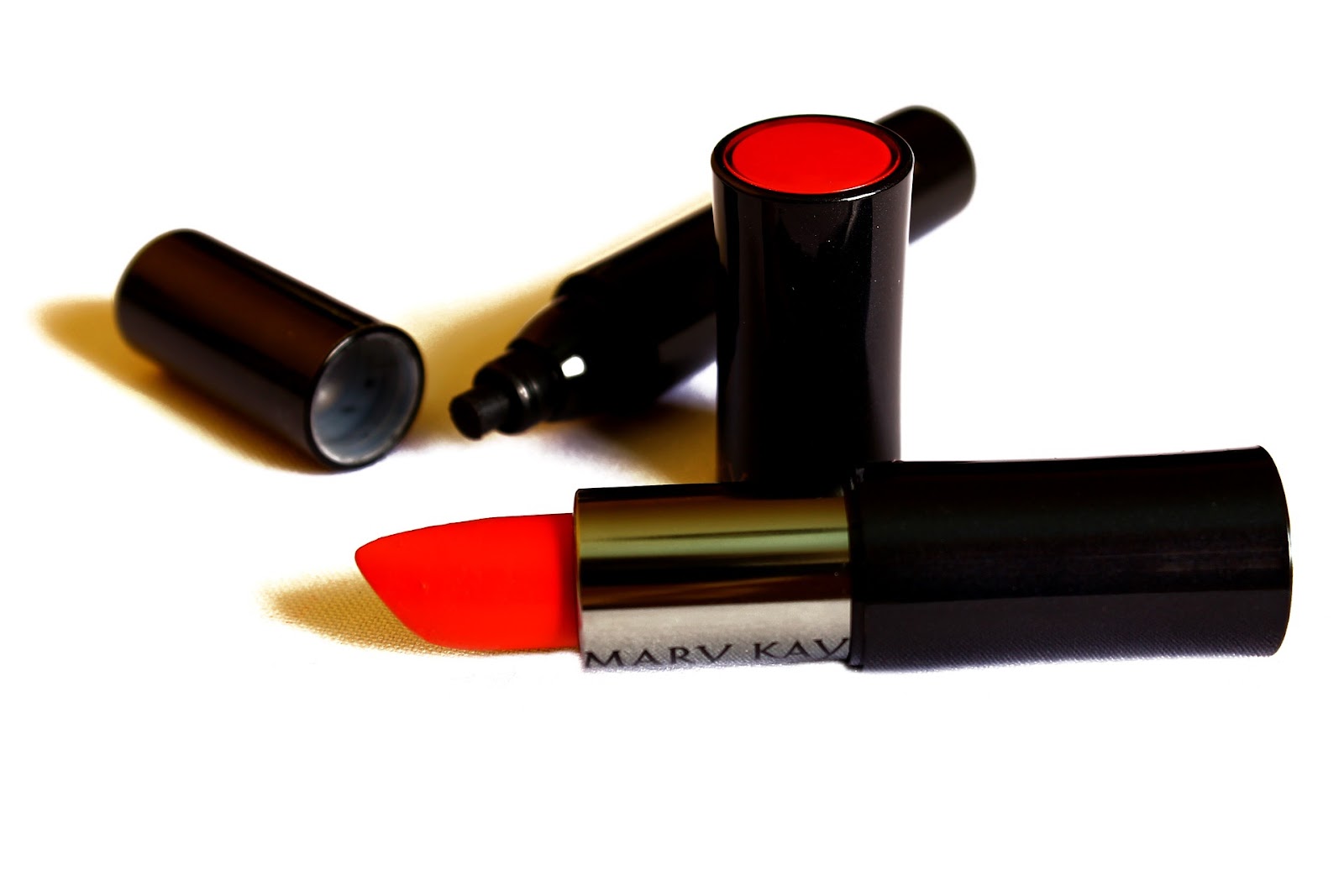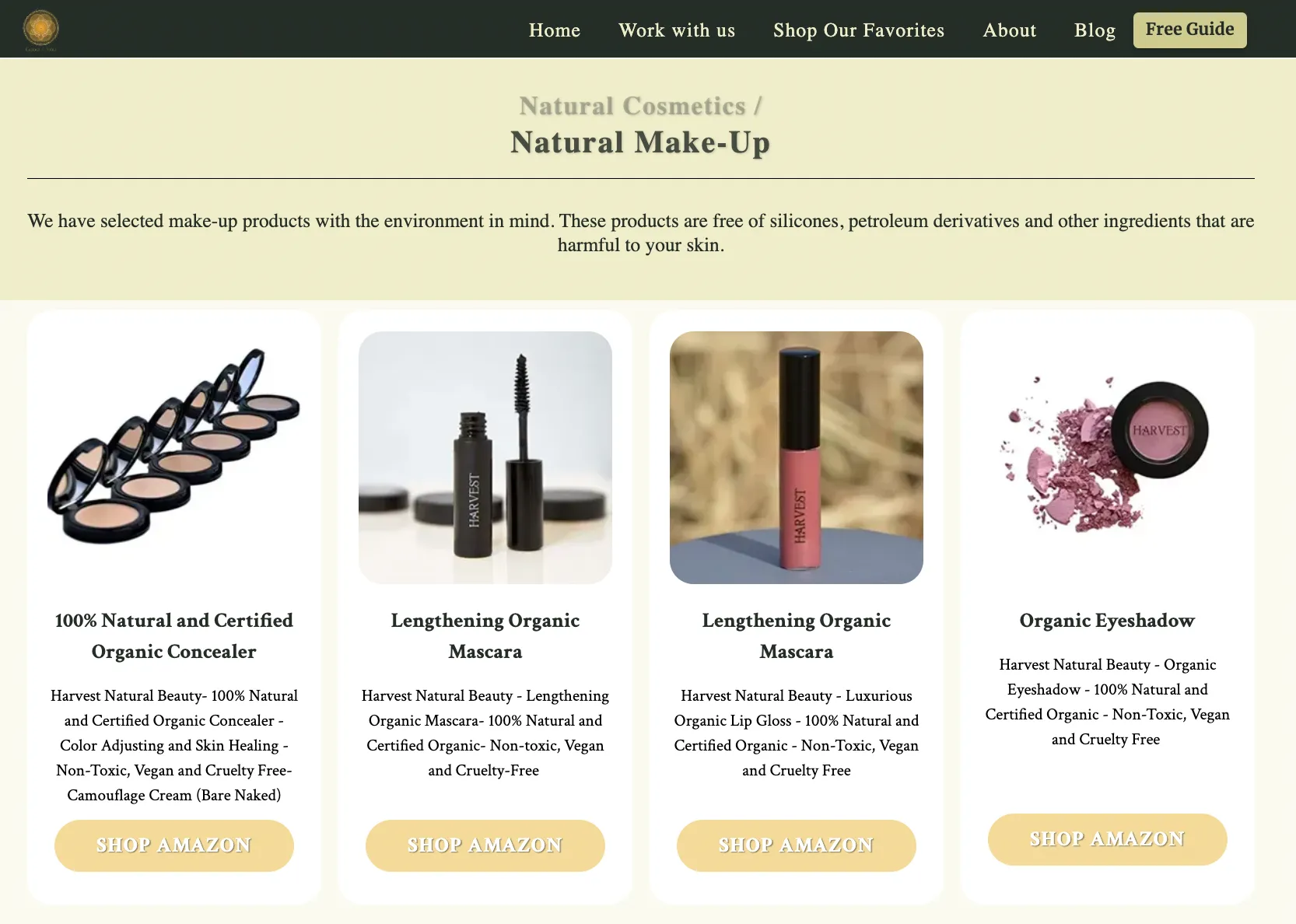What ingredients should NOT be in your lipstick?
 Over the past decade, a lot of research has been done on harmful chemicals in commercial lipstick brands. Since we both ingest and absorb the active ingredients in the lip products we use, it is important to understand the health and environmental impact of the lipsticks we consume. Scroll down and you'll come across some common ingredients in the average lipstick that have been proven to be harmful to humans and the planet…
Over the past decade, a lot of research has been done on harmful chemicals in commercial lipstick brands. Since we both ingest and absorb the active ingredients in the lip products we use, it is important to understand the health and environmental impact of the lipsticks we consume. Scroll down and you'll come across some common ingredients in the average lipstick that have been proven to be harmful to humans and the planet…
--> Shop Our Favorite Natural Make-Up Products
Lead
After ingestion, lead is not excreted from the body; instead it is stored in fat cells. This means that the lead found in trace amounts of lipstick builds up in the body over time. According to the National Institute of Health, high levels of lead can lead to cardiovascular problems, nervous system disorders, reduced kidney function and fertility problems, including delayed conception and adverse effects on sperm and semen, such as lower sperm count and motility.
The lead levels in the most contaminated brands are more than 275 times the lead levels in the least contaminated brands and more than seven times the average for all lipsticks. Some manufacturers definitely need to do more to protect women from lead poisoning.
The Teflon
Is Teflon a cosmetic? Yes, the Teflon in non-stick cookware is also found in personal care products! According to the U.S. Agency for Toxic Substances and Disease Registry, Teflon made with PFAS chemicals can damage the liver, the immune system and delay the development of children. The EWG found Teflon in 66 different products from 15 different brands, and not one of these was a household product... Teflon is the most common ingredient in this chemical class, but overall the EWG identified 13 different PFAS chemicals in nearly 200 products from 28 brands. These harmful PFAS chemicals are not only found in make-up, but also in sunscreens, shampoos and shaving creams.
Sodium Laureth Sulfate (SLES) and Ammonium Laureth Sulfate (ALES)
SLES is a related compound of SLS. Although SLES is considered harmless in concentrations used in cosmetic products, it can also cause mild irritation. It should be stressed, however, that SLES is less irritating than SLS for sensitive individuals, which is why some manufacturers include it in baby shampoo.
However, care should be taken because when combined with other substances (e.g. in cosmetic products), SLES and ALES can form nitrosamines which are potentially carcinogenic.
Sodium coco sulphate
This is a plant tenside, made from coconut, and is one of the least irritating tensides. It is important to know that all surfactants can cause an allergic reaction, but plant surfactants are much less likely to cause an allergic reaction than their petroleum-synthesised counterparts. They are gentler on the skin and less drying.
Crude petroleum and fossil fuel derivatives
Lipstick is one of the most highly valued products in the petroleum industry. A typical lipstick contains a number of ingredients processed from crude oil; these ingredients are known as petrochemicals. Petroleum, as we know, is not sustainable from an environmental point of view. We believe that if a product is harmful to the earth, it is not considered clean or sustainable. We believe that if we can make lipsticks without petroleum derivatives, then the rest of the beauty industry can too.
If you want to show the world that you don't support the use of petroleum derivatives, take a clear stand and use makeup products that contain only natural ingredients! Make a habit of reading the labels of your body care and make-up products and only buy products that are in line with your values. We've compiled a list of the most common petroleum derivatives found in lipsticks and other personal care products.
Ingredients to avoid:
- Paraffin wax
- Mineral oil
- Toluene
- Benzene
- Anything containing PEG (polyethylene glycol)
- Anything containing DEA (diethanolamine) or MEA (ethanolamine)
- Butanol and any word containing butyl: butyl alcohol, butyl paraben, butylene glycol
- Any word with propyl alcohol, isopropyl alcohol, propylene glycol, propyl alcohol, etc.
- Perfume or fragrance - 95 percent of the chemicals used in fragrances are petroleum derivatives.
Be (self-)conscious!
Always read the labels before you buy and use the power of shopping to show big business what's important to you, the consumer. Write to the company and tell them you support healthy cosmetics. People and your planet are counting on you! 🤗🌎

